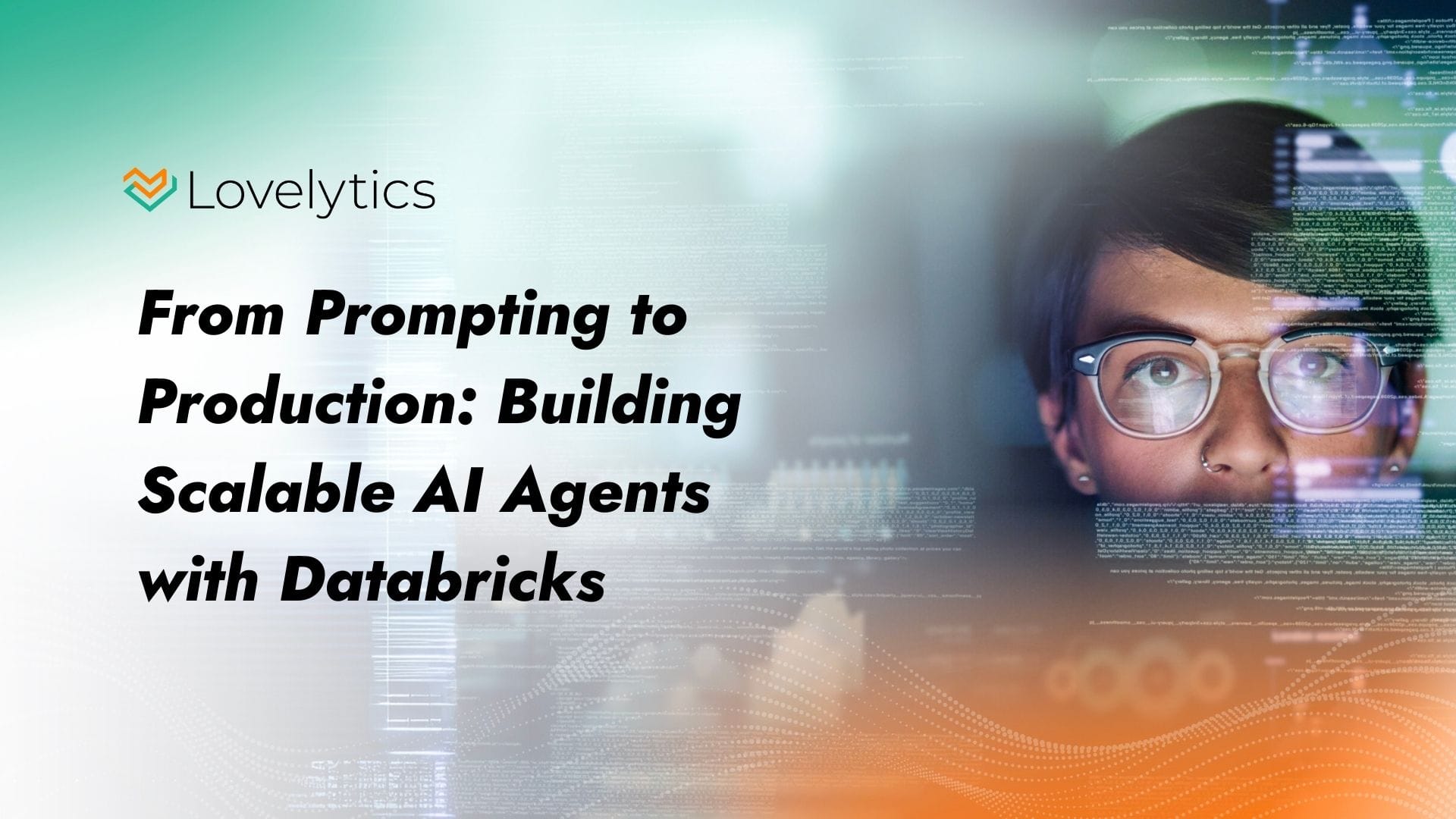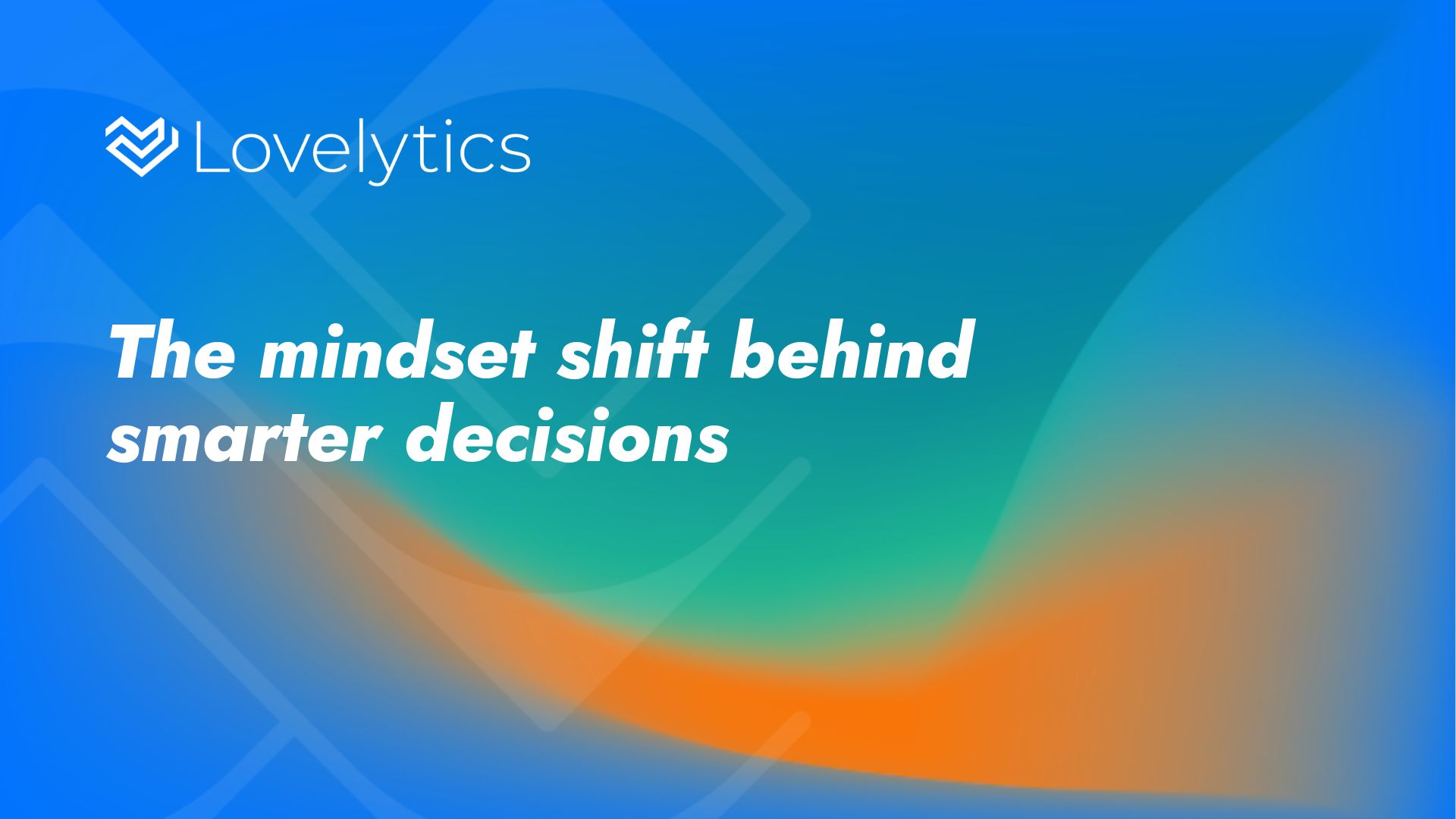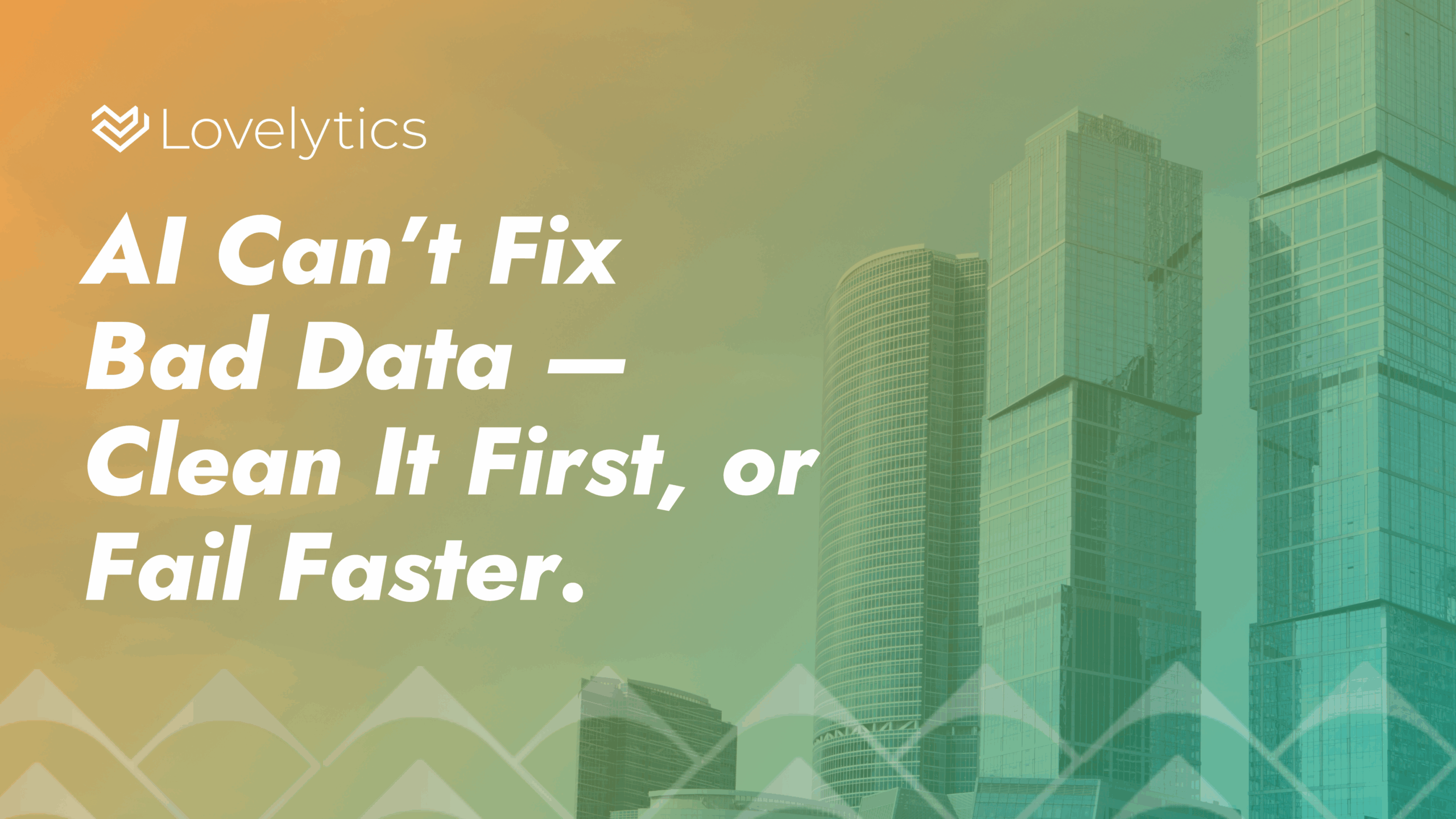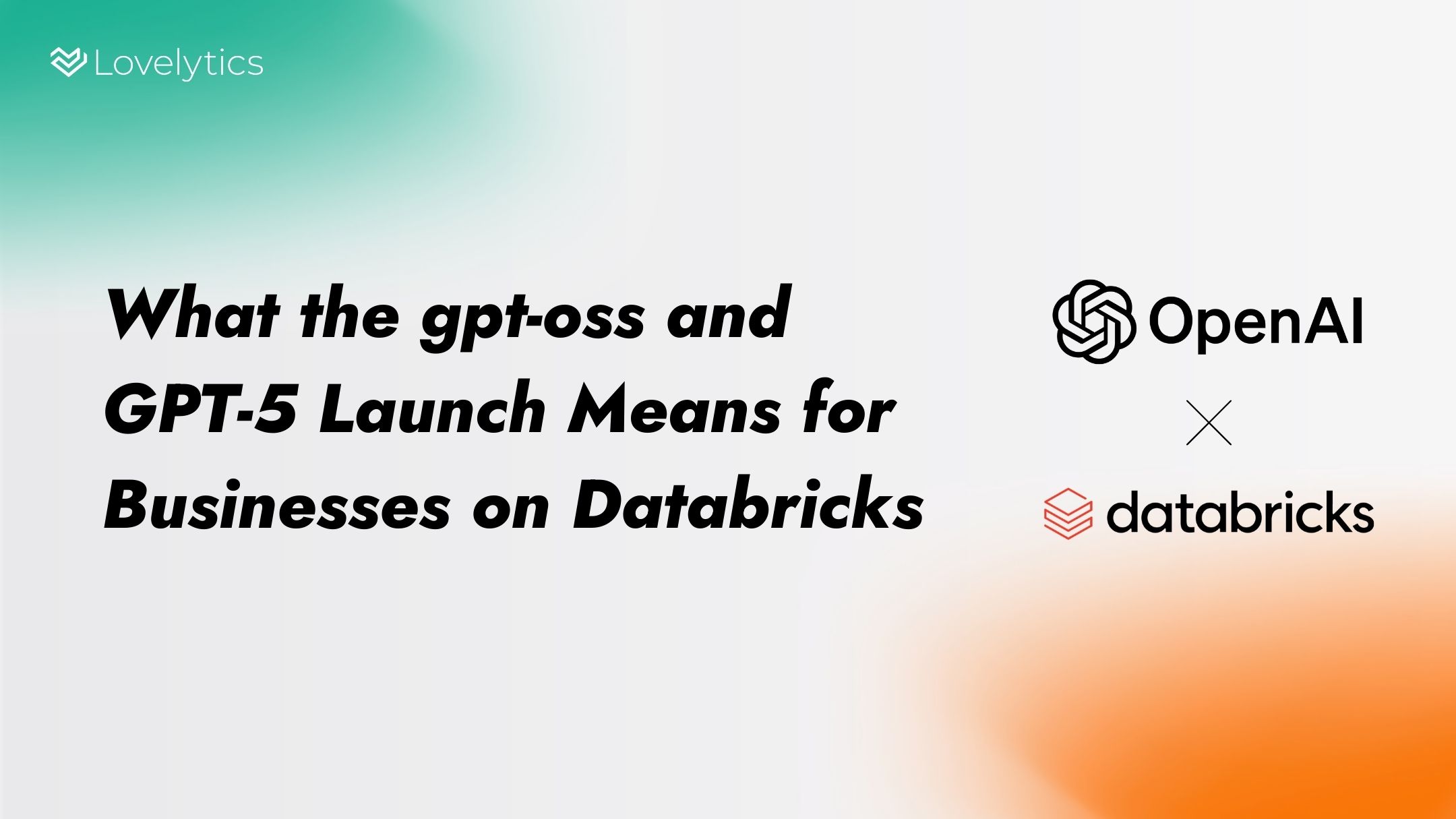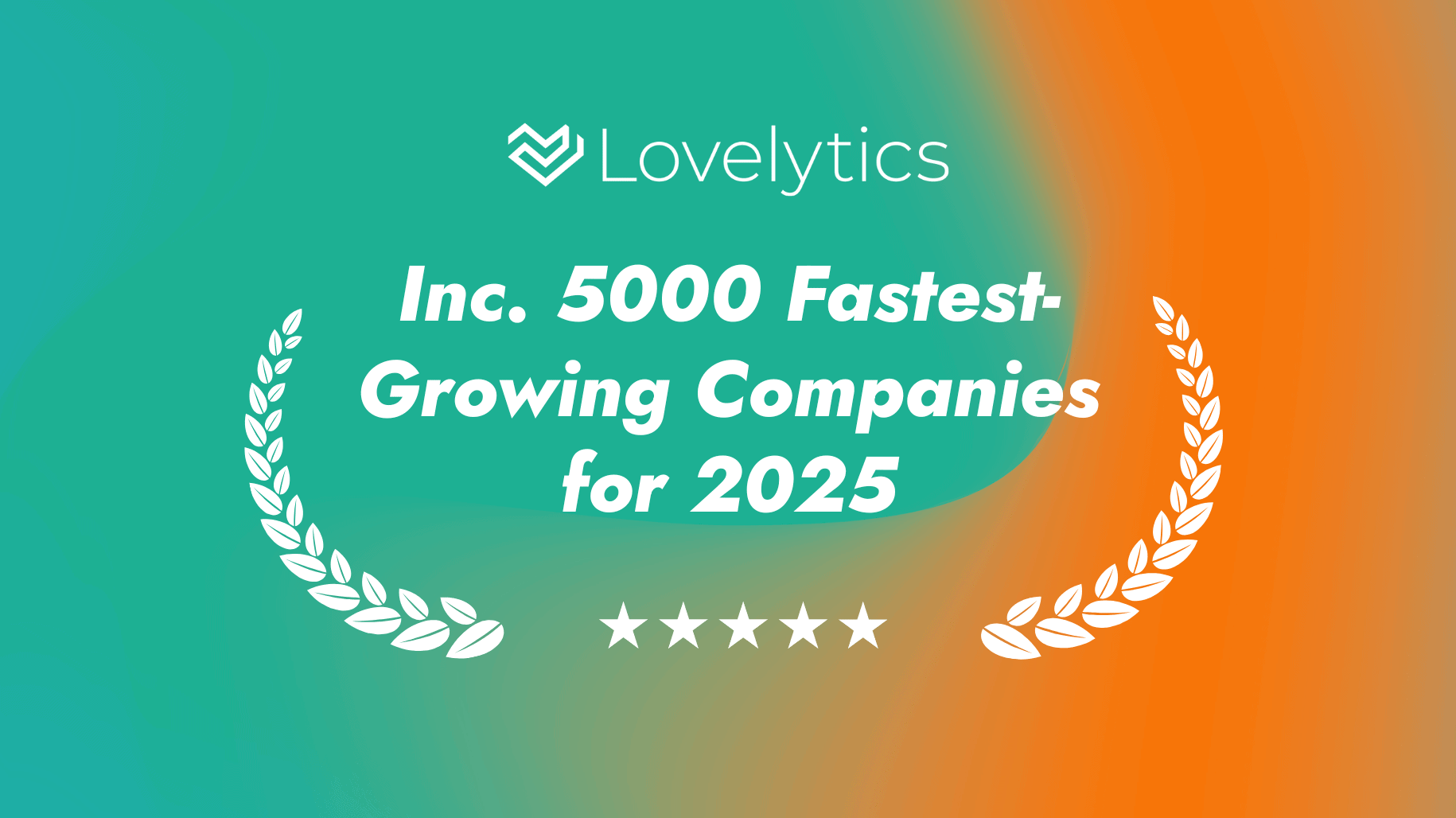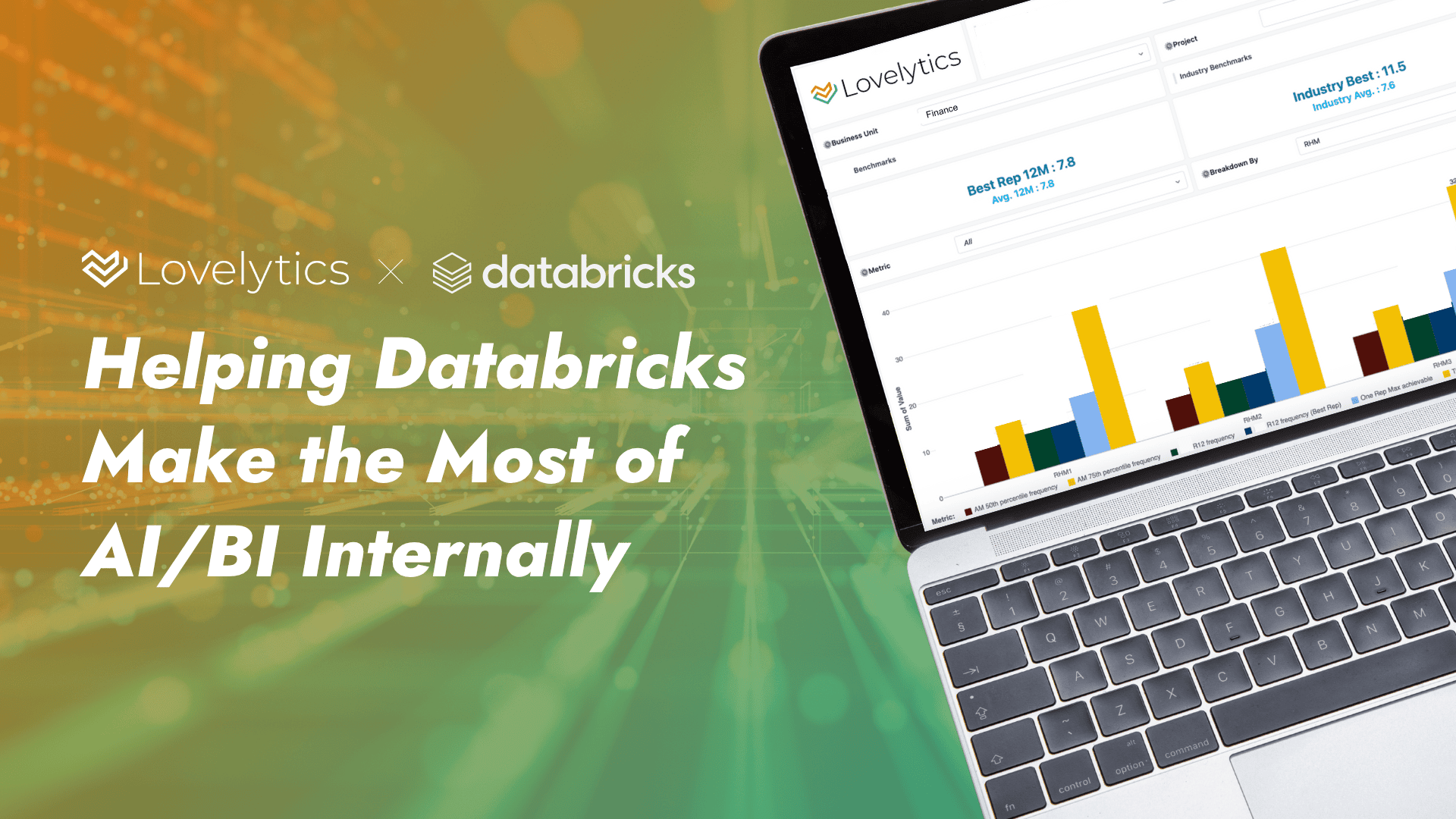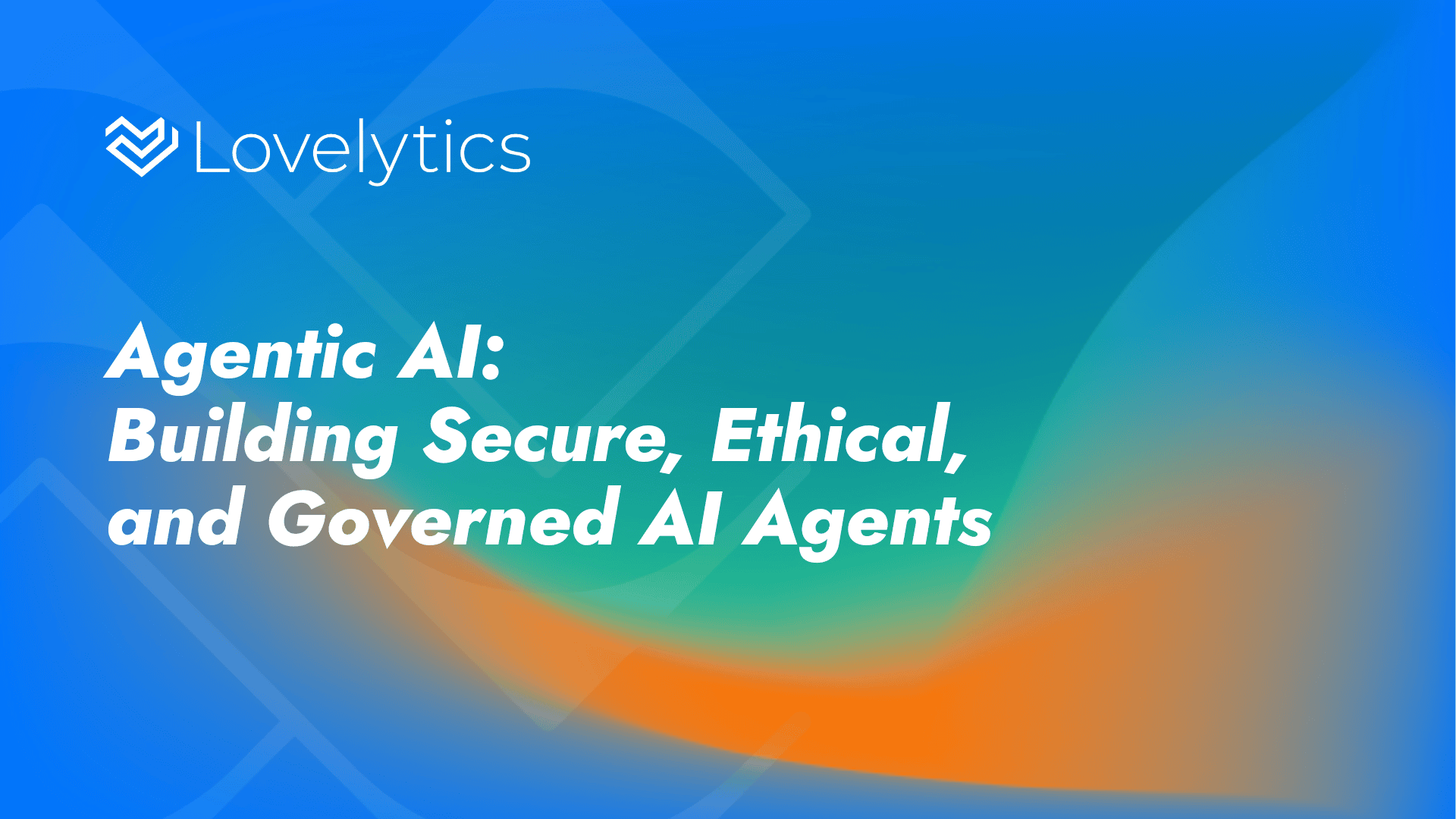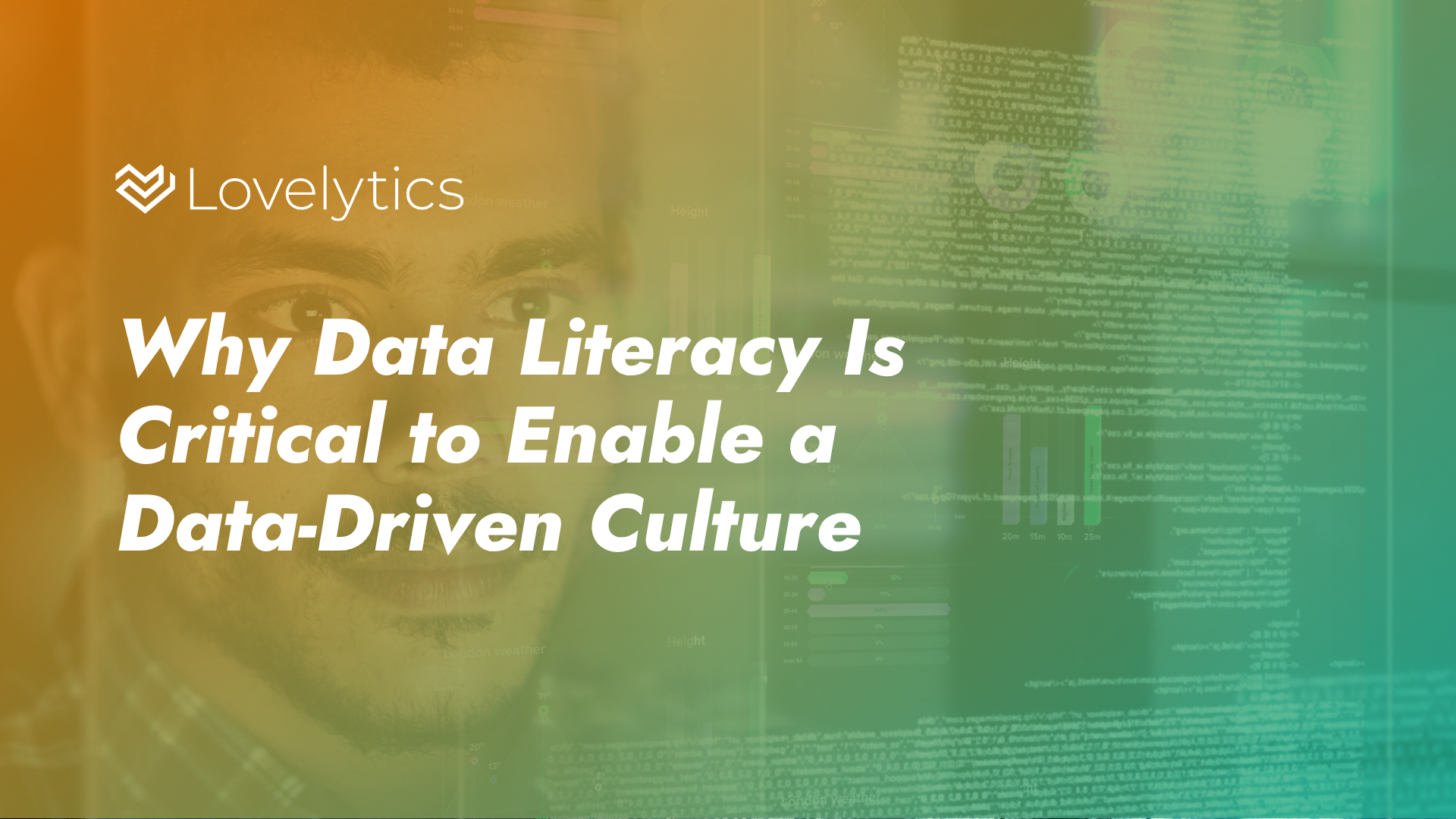Welcome to the second installment of our blog series dedicated to bringing your business users into the Data Intelligence Platform (DIP) with Databricks. In this blog, we’ll shift our focus to the crucial role that IT managers play in enabling business users within the Databricks DIP environment.
In today’s rapidly evolving landscape of data management and analytics, organizations face a common challenge: the need to empower business users to effectively leverage advanced platforms like the Databricks Data Intelligence Platform (DIP). The role of IT managers in enabling this empowerment cannot be overstated. IT managers must navigate the complexities of managing multiple database platforms, and supporting various data sources, users, and use cases. The adoption of Databricks presents a solution to this challenge, offering a single backend data lakehouse that supports structured and unstructured data sources. However, success in leveraging Databricks hinges on IT managers setting business users up for success from the outset of implementation.
Oftentimes companies are migrating their core data platforms to Databricks, but leave SQL-based analytic workloads in Snowflake or other platforms. For IT managers, this results in the management of multiple tools, higher costs from two platforms, and missed opportunities for business users to take full advantage of the unified Databricks Data Intelligence Platform. By implementing Databricks as a single backend data lakehouse, organizations can streamline data management processes, reduce complexity, and enhance collaboration across departments. Quantifiable results may include improved data accessibility and usability, increased operational efficiency, and accelerated decision-making. By involving business executives and key stakeholders in the migration discussion early on, organizations can ensure alignment with broader business objectives and mitigate potential risks.
So how do we do this? At Lovelytics we like to keep things simple. We’ve had plenty of experience helping organizations navigate this process and we encourage all IT managers to follow these strategies.
HARNESS THE POWER OF DATABRICKS SQL
Databricks SQL is a serverless data warehousing solution based on lakehouse architecture, offering enhanced performance and cost efficiency for BI and ETL tasks. Analysts and engineers can easily ingest and transform data from various sources, including cloud storage and enterprise applications. Additionally, Databricks SQL seamlessly integrates with popular BI tools, which enables users to explore insights collaboratively through built-in SQL editing, visualizations, and dashboards. Its serverless computing capabilities eliminate the need to manage cloud infrastructure, ensuring scalability and concurrency without disruptions. Databricks SQL leverages advanced technologies like the Photon vectorized query engine and AI-powered predictive I/O to optimize performance across different use cases. With Delta Lake as its foundation, Databricks SQL facilitates centralized data storage, governance, and management, empowering organizations to streamline analytics workflows and ensure data integrity across clouds through the Databricks Unity Catalog.
ENGAGE ANALYTICS ENGINEERS AND BUSINESS FUNCTIONAL ANALYSTS
Second, don’t forget to engage Analytics Engineers and Business Functional Analysts in the process. They need to be in the know. These professionals are vital contributors to the success of the migration and adoption of Databricks. With their expertise in SQL, they play a crucial role in pipeline development, particularly when utilizing dbt tools (data build tool) for managing data transformation workloads. By involving them early in the migration discussions, you ensure alignment with business objectives and mitigate risks associated with backend data migration. This collaborative approach not only enhances the efficiency of the migration process but also fosters a culture of teamwork and innovation within the organization.
LEVERAGE MEDALLION ARCHITECTURE
Third, leverage Medallion Architecture. Utilize the migration to Databricks as an opportunity to consolidate and gain efficiencies by appropriately structuring the data architecture, enhancing scalability, and optimizing performance. What is Medallion Architecture you ask? As defined by Databricks, “A medallion architecture is a data design pattern used to logically organize data in a lakehouse, with the goal of incrementally and progressively improving the structure and quality of data as it flows through each layer of the architecture (from Bronze ⇒ Silver ⇒ Gold layer tables). Medallion architectures are sometimes also referred to as “multi-hop” architectures.”
IMPLEMENT UNITY CATALOG
Finally, implement Unity Catalog: Databricks Unity Catalog is a centralized metadata management solution that provides IT and business users with access and visibility to content management, governance, and metadata management within the Databricks Data Intelligence Platform. It facilitates seamless collaboration, ensures data integrity, and enhances governance by providing a unified view of data assets and their relationships. Unity Catalog offers the following key features:
- Unified visibility into data and AI
- Single permission model with fine-grained access control
- AI-powered monitoring and reporting for data quality, audit trail, and lineage tracking
- Open data sharing across platforms, clouds, and regions
- Central management of access permissions based on data sensitivity and privacy down to the field level
- Flexibility in governance design and user onboarding/access workflows
- Seamless integration with Enterprise Catalogs and Governance Platforms for interoperability across systems
Once Unity Catalog is implemented, it becomes a powerful tool for automating user access to data and metadata with precision. However, optimizing the workflow surrounding user access requests, approvals, and administrative actions is crucial. This process must seamlessly align with enterprise security and governance requirements to avoid inhibiting business users and overburdening Data Engineers and Platform Administrators with access management tasks.
By harnessing the power of Databricks SQL and implementing a unified data lakehouse, IT managers can empower business users within the Databricks DIP, driving transformative outcomes across the organization. The role of IT managers in enabling business users within the Databricks DIP is paramount to the success of data-driven initiatives within organizations. It’s time to recognize the pivotal role of IT managers and invest in their efforts to enable success within the Databricks DIP.
Contact us today to learn how we can help your organization empower business users and drive transformative outcomes with Databricks.
Did you miss the first blog? You can read it here.



